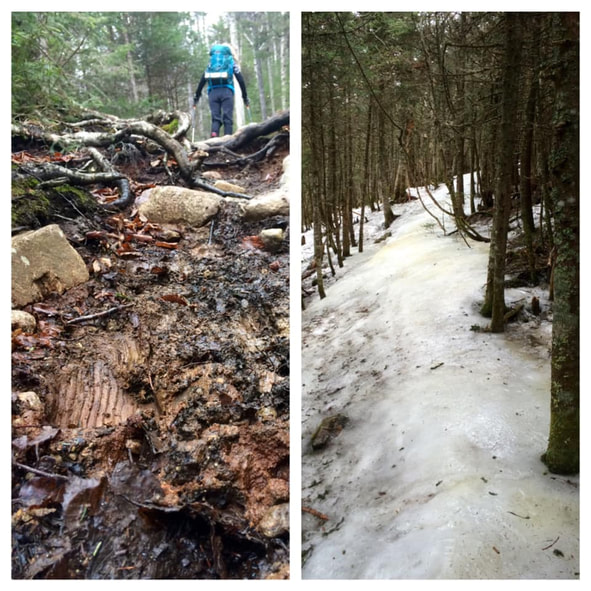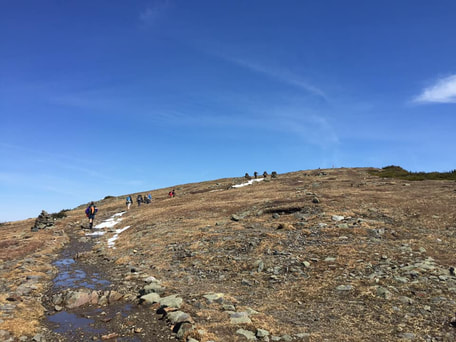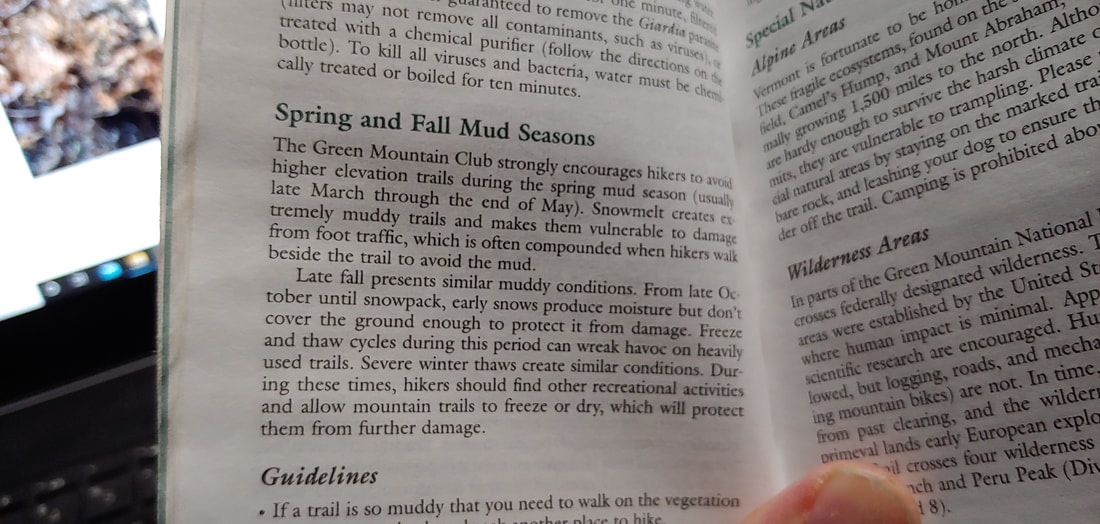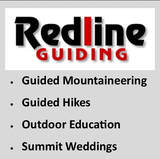Vermont’s Green Mountain Club, which manages the famous 272-mile Long Trail (the first long distance hiking trail in the United States, which inspired the Appalachian Trail and other long distance trails), routinely closes the Long Trail and other high-elevation side trails during Mud Season. The closure lasts from late March through Memorial Day even though actual “Mud Season” conditions are not necessarily uniform throughout the trail system. During the closure, hikers are strongly encouraged to pursue other activities or hike lower elevation terrain where the ground has had a chance to dry out sooner. Generally speaking, most hikers in Vermont respect this—some out of a sense of personal responsibility, some falling into line through raw peer pressure. But Mud Season isn't unique to Vermont--it's an issue throughout the Northeast (for instance NY and NH) and other northerly latitudes. Changing how you hike in Mud Season is important. Trails are particularly vulnerable to destruction when the soil is saturated and 24-hour day/night spring freeze-thaw cycles are taking place. Wet trails churned up by a lot of boot traffic and frost heaves will erode quickly during the next heavy spring rain or warm-day melt-off, which means that trail maintainers (perpetually overworked, underfunded, underpaid, and with a backlog of priority trail work already on their slate), have to work a lot harder to shore up degraded trails. Hiking during Mud Season can also cause significant ecological damage—this is particularly true with regard to the fragile, endangered alpine plant communities above treeline. Too, Mud Season conditions influence hikers to use the trails in ways that exacerbate trail entropy. Spring ice “monorails” (caused by hikers compacting snow into very hard ice over the course of the winter hiking season) melt slower than the surrounding snowpack, keeping trail soils damp longer, and creating unpleasant slippery obstacles. Monorails also increase the speed of runoff and channel water flow along the sides of trails, gullying them. To avoid slipping on the monorail (especially on the downhill) and to avoid stepping in the muddy areas that have melted out around the monorail, some hikers (too many!) will walk off trail, which causes a widening of the trail course called “trail braiding.” Braided trails move the footway away from the true trail and whatever erosion control measures (water bars, steps, etc.) were built into it. This results in more erosion and can make it harder for hikers to identify the correct trail course during snow-off conditions, exacerbating the problem. The best way to avoid damaging trails in mud season is to refrain from hiking them until they have sufficiently dried out, i.e. hike elsewhere, at lower elevations, or further south, or engage in other activities altogether. Whether a trail is sufficiently dried out can be subjective and hard to assess if you don’t have experience with trail maintenance (and that’s why the Green Mountain Club has a general “closure” season). In places other than Vermont, one might consider a general rule of thumb: when the snowpack surrounding the trail is more than 40% melted out over any course of 500 feet in length; when there is a lot of lingering monorail with melted-out bare earth surrounding it; when the mud on the trail is ankle-deep or deeper for extended stretches; when you are finding yourself frequently walking around the trail to avoid ice and mud instead of on it—you’re probably hiking in “Mud Season.” If you are determined to hike in the early spring (perhaps you’re Gridding and are reluctant to give up the month of April), there are some things you can do to reduce your impact:
See you in the spring! --Paul-William
0 Comments
Leave a Reply. |
TOPICS
All
Humor (The Parsnip)

|
Proudly powered by Weebly




 RSS Feed
RSS Feed
